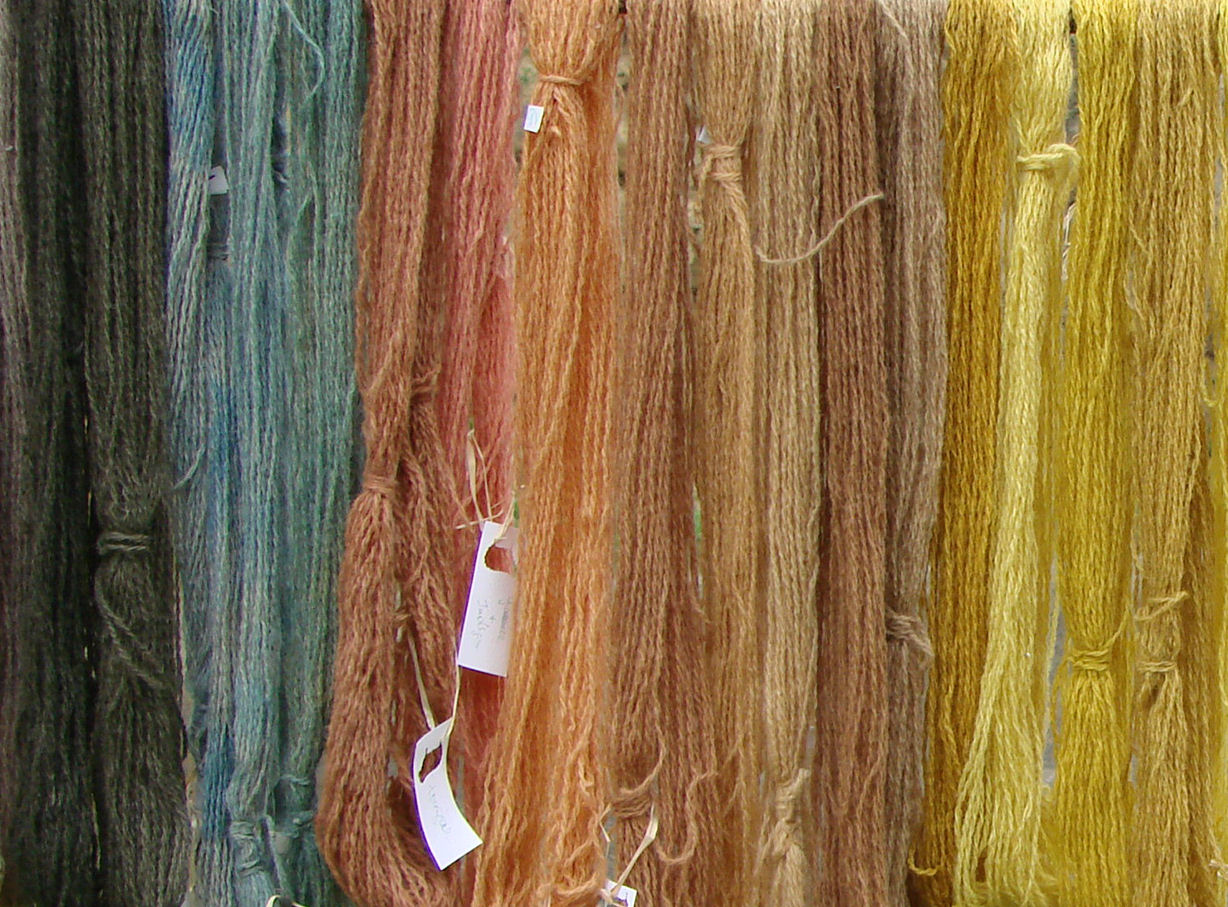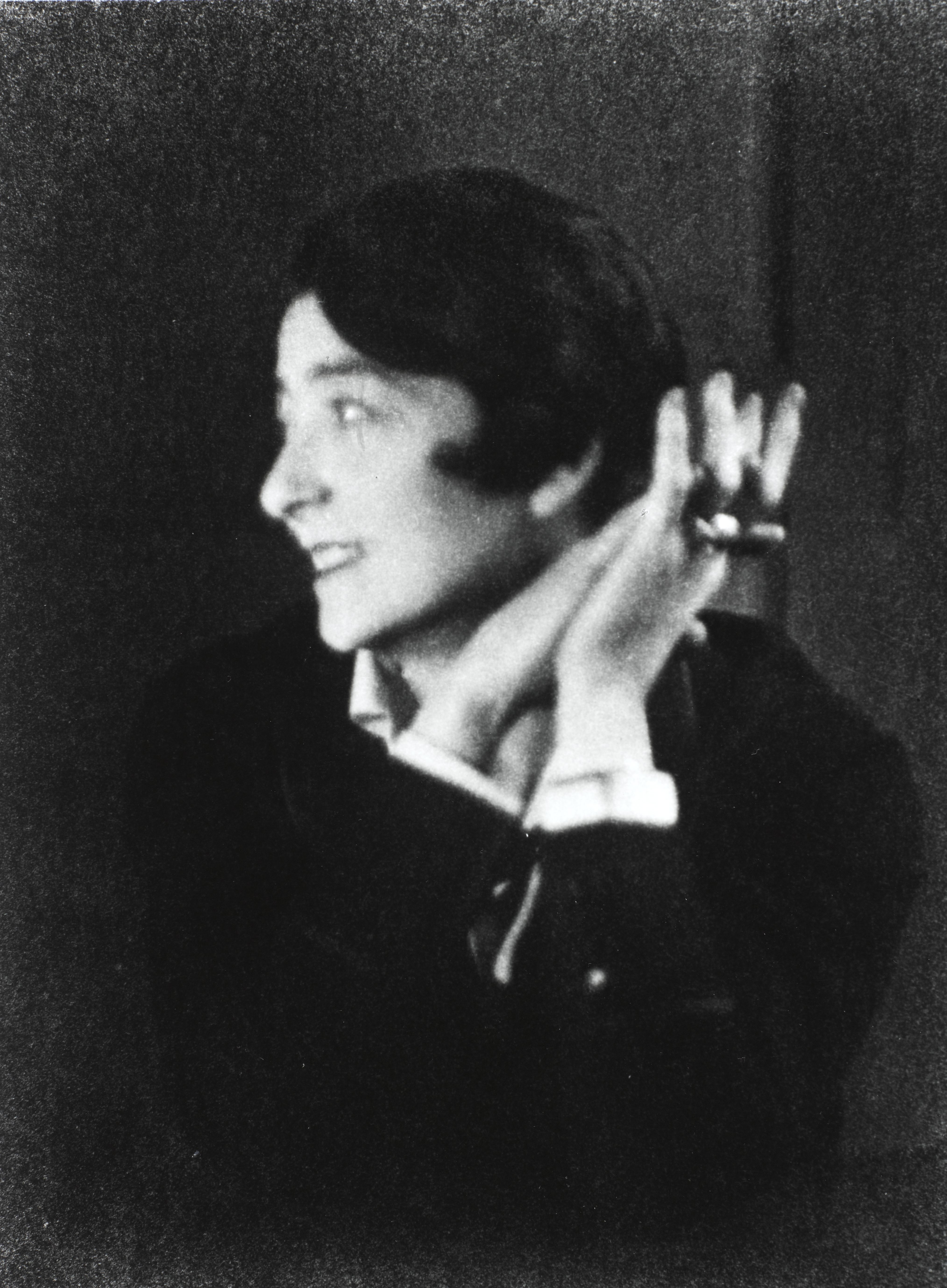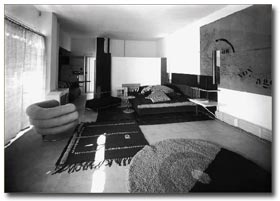Mordants
- Alum
- Chrome
- Iron
- Tin
- Cream of Tartar - tartaric acid
- Oxalic acid
- Soda - bicarbonate of soda
- Vinegar - weak acetic acid
- Ammonia
Non-poisonous plants needing no mordant
(To use with young children)- ash twigs
- beetroot
- blackberries
- horsechestnuts
- onion skins
- pine cones
- red cabbage leaves
- tea leaves
Suggested books
A Dyer's Manual Jill GoodwinDyes from the Kitchen Green / Ashburner
The Use of Vegetable Dyes Thurston
A Modern Herbal Mrs Greene
Wild Flowers in Colour Penguin
Tree Recognition John Kilbracken
The Observer's Book of Lichens K Alvin
Spinning and Dyeing Dalby / Christmas
Interesting colours
The numbers are the referrencing system used on the display board, I type them here for ease of finding them again next time I'm in and to keep my notes all together.12h - Blackberry - root - oxalic acid
13a - Black Crottle - Parrnelia omphalodes - lichen [lovely deep brown]
15b&c - Bracken - fronds - b:chrome; c: alum + iron
26c - Leavers - Galium aparine - roots
65a - Lady's bedstraws - Galium vernum - roots - alum
87c - Red Cabbage - leaves - chrome [blue colour]
109d - Weld -Reseda luteola - whole plant - alum + iron
No Mordant:
Without doubt, the deeper coloured yarns are from dyes which use another substance ("mordant") as well as the plant substance; I suppose I only discovered this when I compiled this list and looked at the colours.1a - Apple - Pyrus malus - bark
2a - Ash - Fraxinus excelsior - bark
8a - Barberry - Berberis spp. - inner bark
9a - Beetroot - Beta vulgaris - root [yellow]
12c - Blackberry - Rubus fruiticosus - frozen fruit [brown]
13a - Black Crottle - Parrnelia omphalodes - lichen [lovely deep brown]
16a - Buddleia globosa - flowers
27a - Coffee - Coffea arabica - grounds
30a - Crottle - Parmelia Saxatilis - lichen
44a - Flowering Crab Apple - Malus - bark
58a - Horsechestnut - Aesculus hippocastanum - nuts
71a - Mahonia Japonica - inner bark
76a - Onion - Allium cepa spp. - skins
87a - Red Cabbage - Brassica oleracea - leaves [blue]
92a - Rhubarb - Rheum rhaponticum -leaves
92f - Rhubarb - Rheum rhaponticum - root
99a - Sea Ivory
103a - Tea
110a - Wild Iris
115a - Coal - ash
115d - Coal - dust
116a - Soot
147a - Rose - Rosa spp. - roots
159a - Waterlily - roots
164a - Eucalyptus - root





















